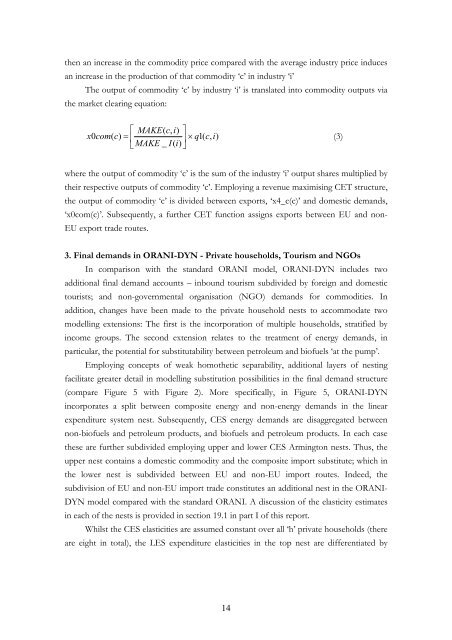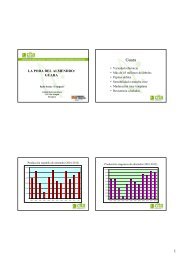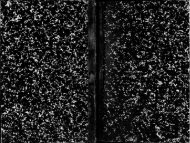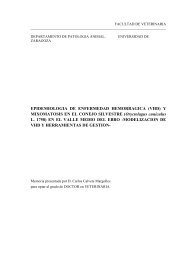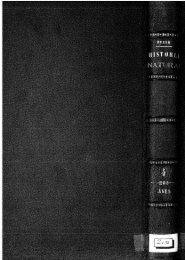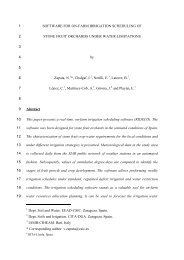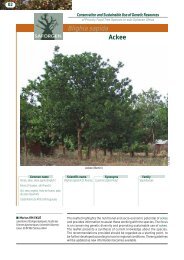1 A Recursive Dynamic Computable General Equilibrium Model For ...
1 A Recursive Dynamic Computable General Equilibrium Model For ...
1 A Recursive Dynamic Computable General Equilibrium Model For ...
Create successful ePaper yourself
Turn your PDF publications into a flip-book with our unique Google optimized e-Paper software.
then an increase in the commodity price compared with the average industry price induces<br />
an increase in the production of that commodity ‘c’ in industry ‘i’<br />
The output of commodity ‘c’ by industry ‘i’ is translated into commodity outputs via<br />
the market clearing equation:<br />
⎡ MAKE(<br />
c,<br />
i)<br />
⎤<br />
x 0com( c)<br />
= ⎢<br />
× q1(<br />
c,<br />
i)<br />
MAKE _ I(<br />
i)<br />
⎥<br />
(3)<br />
⎣<br />
⎦<br />
where the output of commodity ‘c’ is the sum of the industry ‘i’ output shares multiplied by<br />
their respective outputs of commodity ‘c’. Employing a revenue maximising CET structure,<br />
the output of commodity ‘c’ is divided between exports, ‘x4_c(c)’ and domestic demands,<br />
‘x0com(c)’. Subsequently, a further CET function assigns exports between EU and non-<br />
EU export trade routes.<br />
3. Final demands in ORANI-DYN - Private households, Tourism and NGOs<br />
In comparison with the standard ORANI model, ORANI-DYN includes two<br />
additional final demand accounts – inbound tourism subdivided by foreign and domestic<br />
tourists; and non-governmental organisation (NGO) demands for commodities. In<br />
addition, changes have been made to the private household nests to accommodate two<br />
modelling extensions: The first is the incorporation of multiple households, stratified by<br />
income groups. The second extension relates to the treatment of energy demands, in<br />
particular, the potential for substitutability between petroleum and biofuels ‘at the pump’.<br />
Employing concepts of weak homothetic separability, additional layers of nesting<br />
facilitate greater detail in modelling substitution possibilities in the final demand structure<br />
(compare Figure 5 with Figure 2). More specifically, in Figure 5, ORANI-DYN<br />
incorporates a split between composite energy and non-energy demands in the linear<br />
expenditure system nest. Subsequently, CES energy demands are disaggregated between<br />
non-biofuels and petroleum products, and biofuels and petroleum products. In each case<br />
these are further subdivided employing upper and lower CES Armington nests. Thus, the<br />
upper nest contains a domestic commodity and the composite import substitute; which in<br />
the lower nest is subdivided between EU and non-EU import routes. Indeed, the<br />
subdivision of EU and non-EU import trade constitutes an additional nest in the ORANI-<br />
DYN model compared with the standard ORANI. A discussion of the elasticity estimates<br />
in each of the nests is provided in section 19.1 in part I of this report.<br />
Whilst the CES elasticities are assumed constant over all ‘h’ private households (there<br />
are eight in total), the LES expenditure elasticities in the top nest are differentiated by<br />
14


